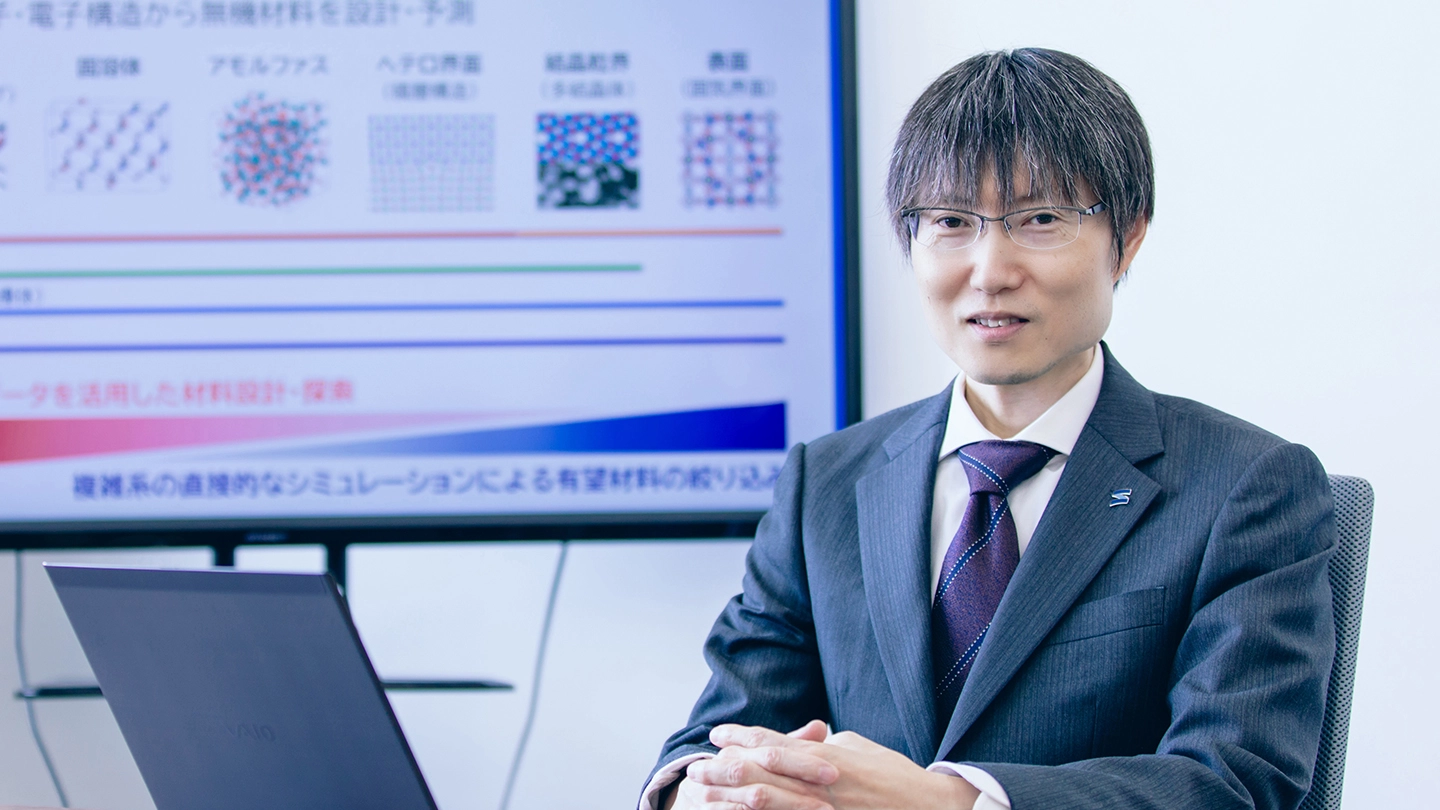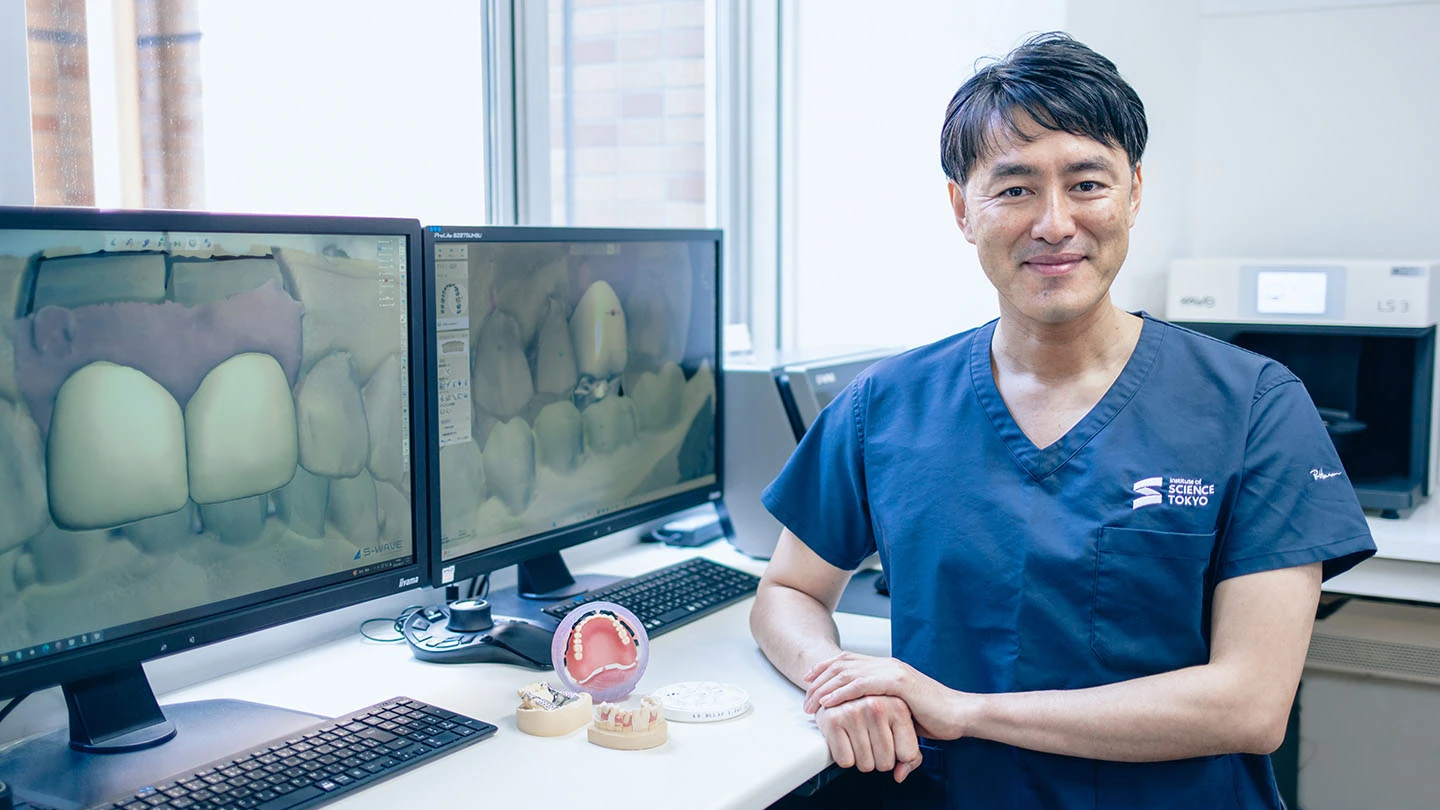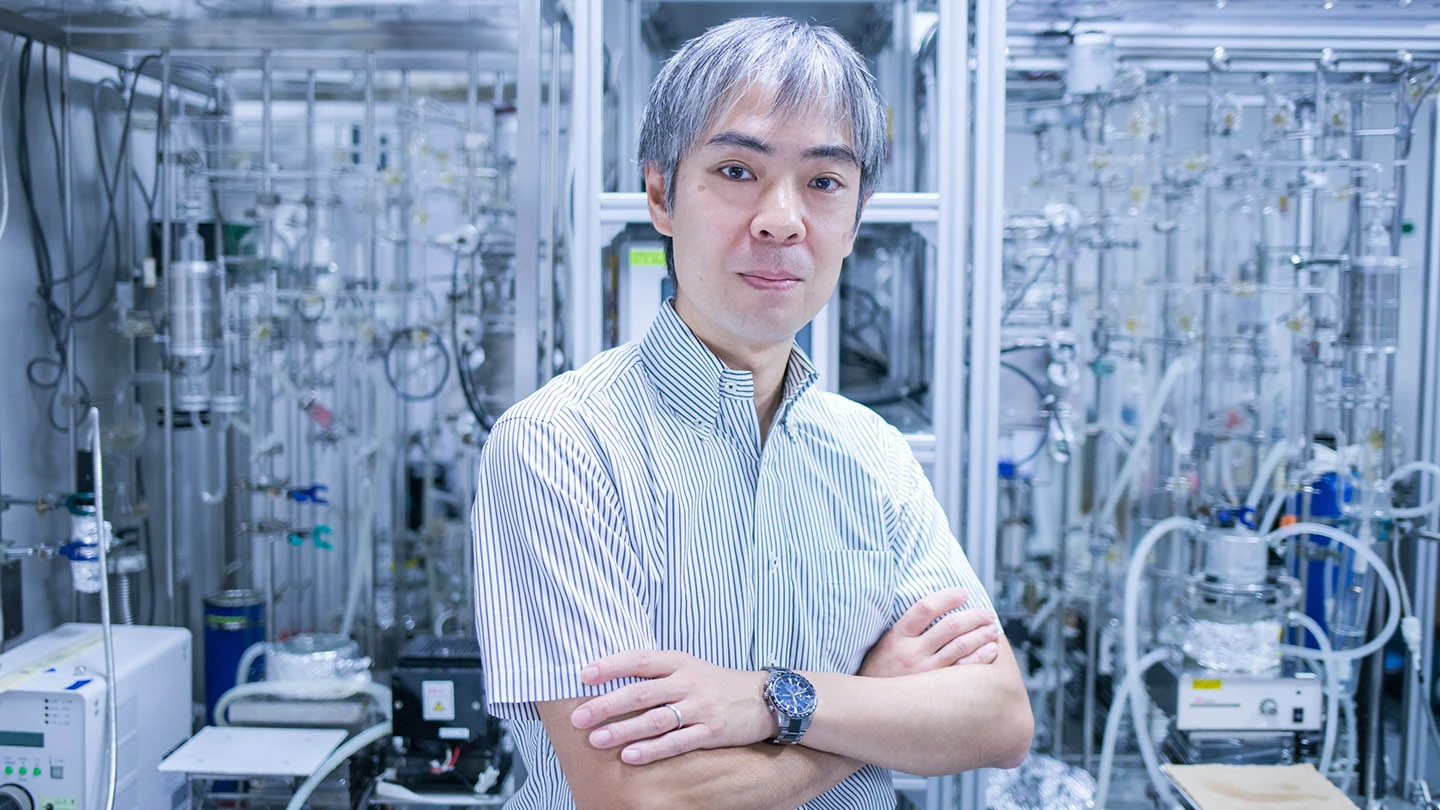Unraveling the Origins of the Universe: Physicist Kimiko Sekiguchi Finds Experimental Proof of three-nucleon force
Science Tokyo Faces vol. 003
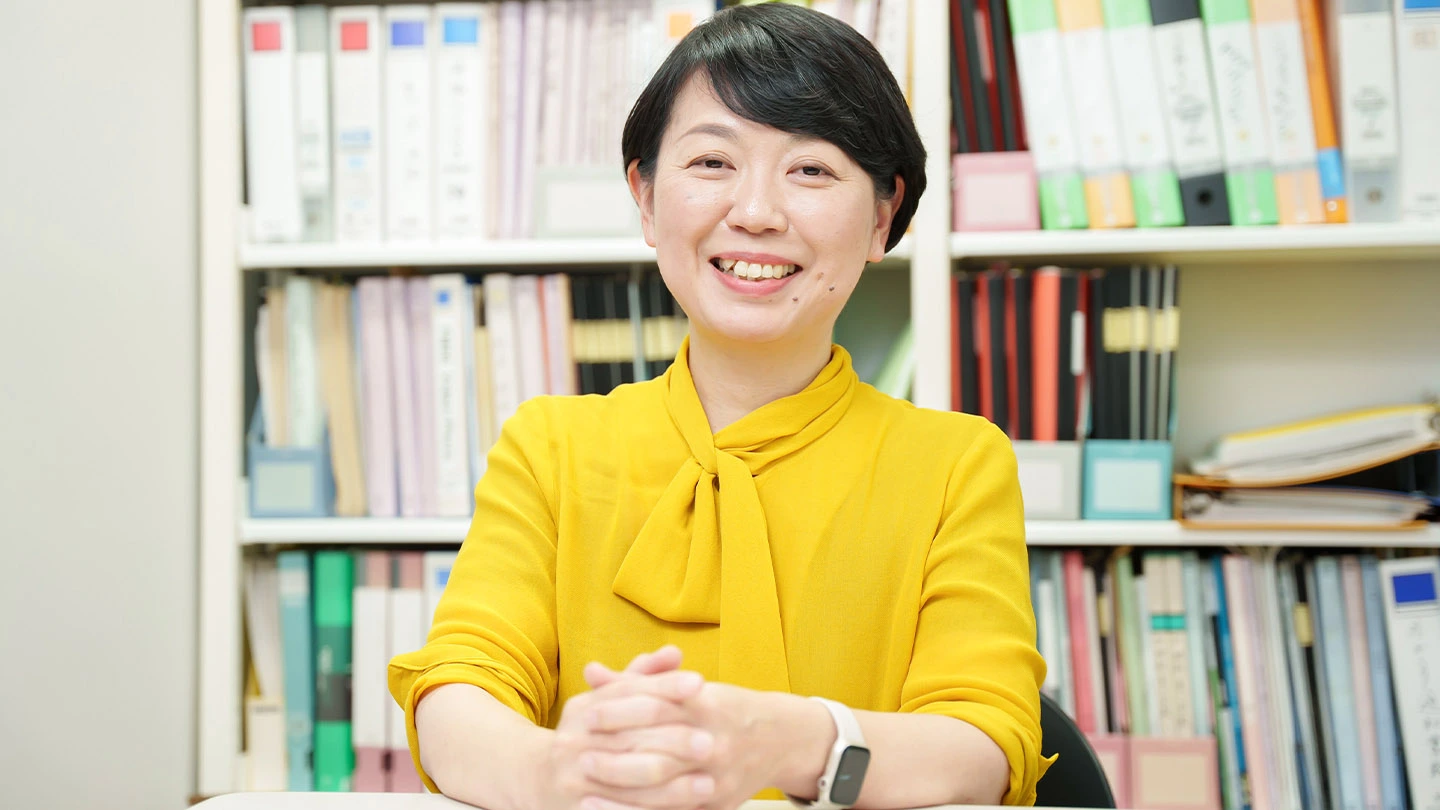
Visiting Professor Kimiko Sekiguchi at School of Science has provided the first experimental proof of three-nucleon force —interactions that had been theoretically proposed to explain nuclear behavior but never experimentally verified. This discovery builds upon Japan’s pioneering nuclear physics research, which began with Dr. Hideki Yukawa’s Nobel Prize-winning work in 1949. Sekiguchi’s landmark experimental confirmation of these forces has earned widespread recognition, including the prestigious Saruhashi Prize in 2022 and the Commendation for Science and Technology from Japan’s Minister of Education, Culture, Sports, Science and Technology in 2024.
Existence of the difficult-to-prove “three-nucleon force”
Atoms are composed of a nucleus and electrons. The nucleus, located at the center of the atom, consists of protons, which carry a positive electric charge, and neutrons, which have no electric charge. Although the nucleus is only about 1/100,000th the size of the entire atom, it accounts for more than 99% of the atom’s mass. This means the nucleus is a tiny space into which many protons and neutrons are densely packed. These protons and neutrons can both be referred to as nucleons.
The force that acts between nucleons is called the “nuclear force.” In the early 20th century, physicists were keenly focused on developing a theory to explain this nuclear force. In this context, in 1935, Dr. Hideki Yukawa proposed the “meson theory” regarding this nuclear force.
In this meson theory, the nuclear force is described as a force that operates between two nucleons. This is referred to as the “two-nucleon force.” However, for many years, there was debate about whether the two-nucleon force adequately explained what occurs in atomic nuclei. As the atomic number increases, so does the number of nucleons. Therefore, it was hypothesized that the nuclear force might also act among more than just two nucleons, such as three or four. Amid these discussions, in 1957, physicists Dr. Junichi Fujita and Dr. Hironari Miyazawa proposed their “three-nucleon force” theory (Figure 1).
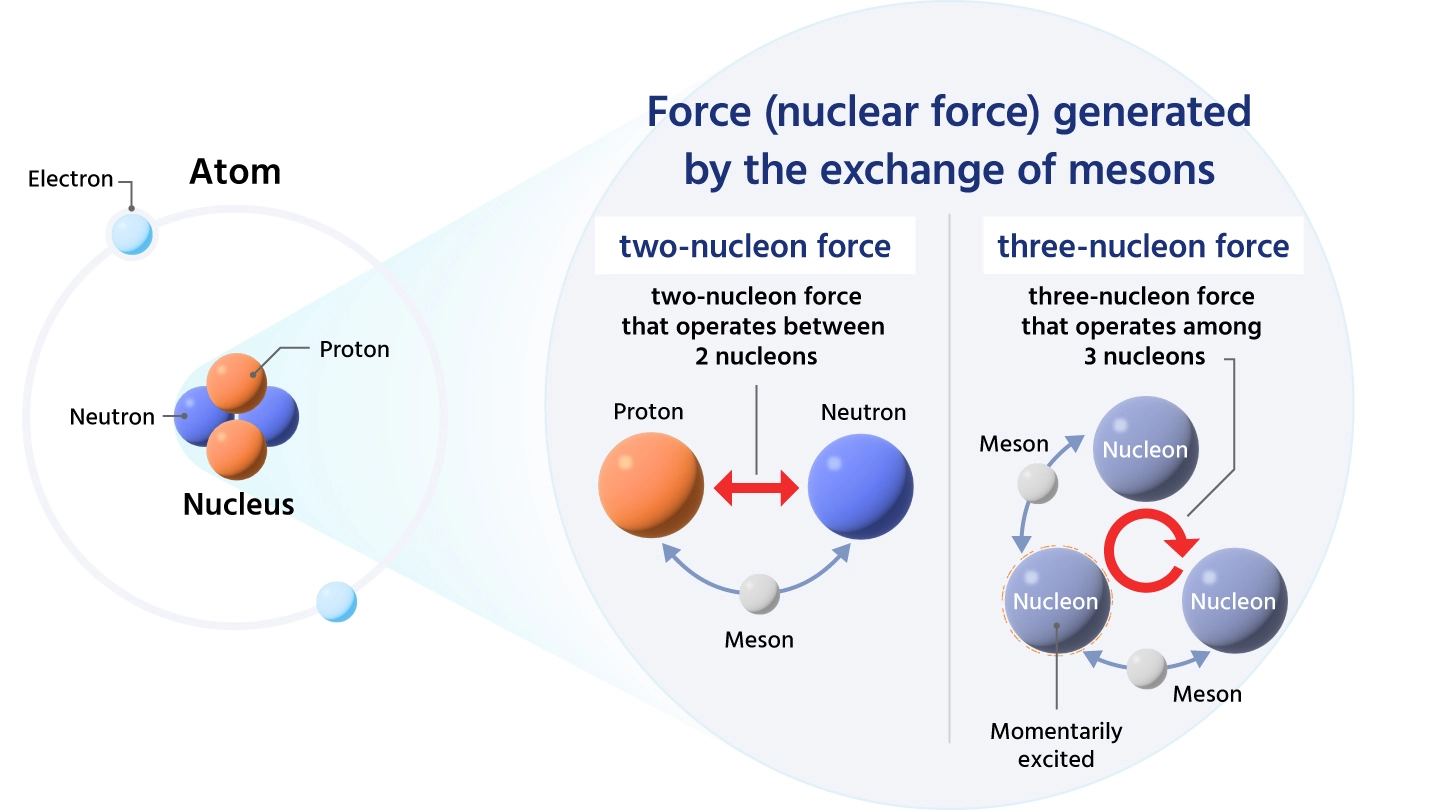
Sekiguchi explains, “In fact, back in 1990, something that suggested the existence of the three-nucleon force was tritium. Tritium is an isotope of hydrogen (an atom with the same number of protons but a different number of neutrons) and is also known as hydrogen-3. Generally, the nucleus of a hydrogen atom contains only one proton, but a tritium nucleus is comprised of three nucleons: one proton and two neutrons. There is about a 10% difference in the mass of tritium when they compare the theoretical calculations using the two-nucleon force with experimental values.”
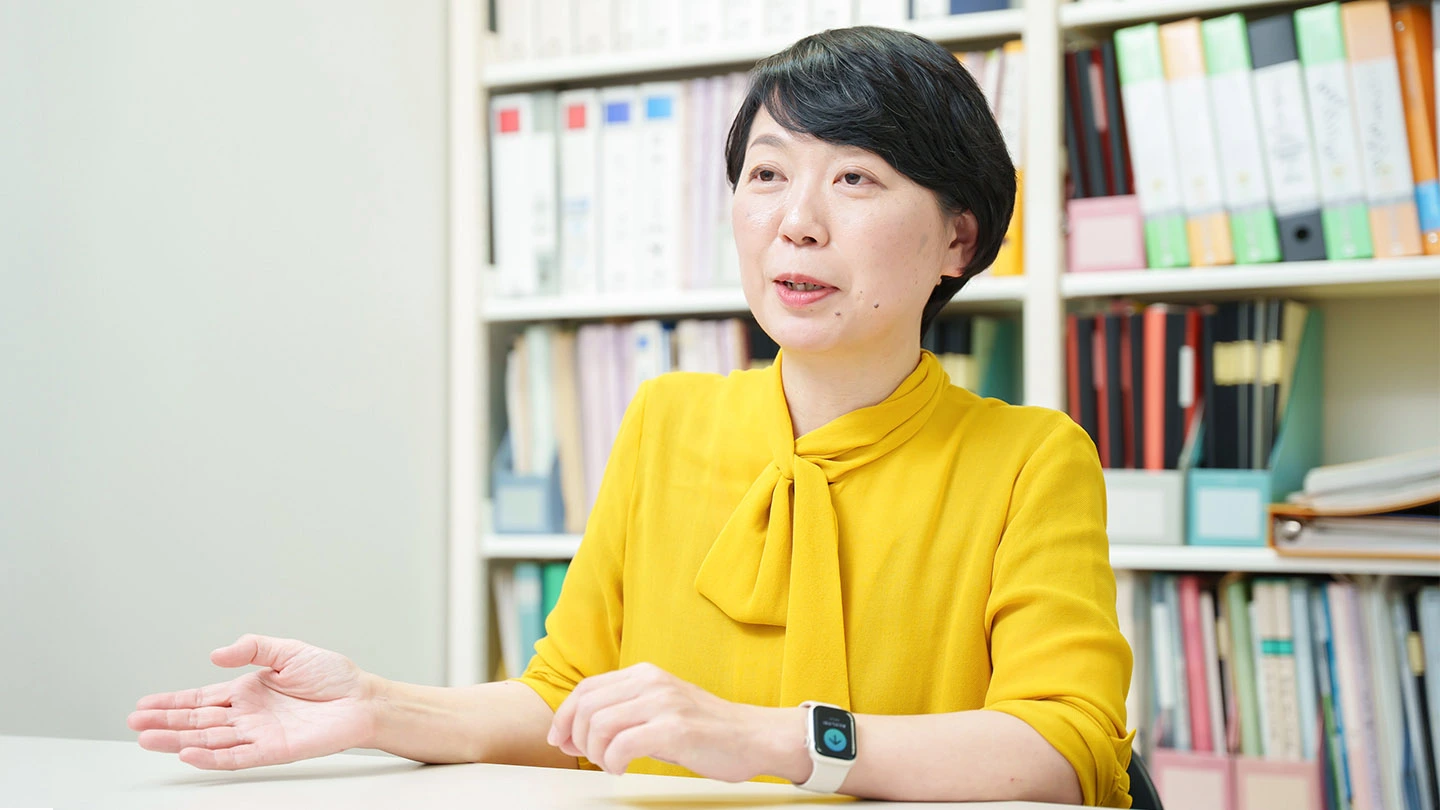
While this fact suggested the existence of the three-nucleon force, it was extremely difficult to verify experimentally, and for a long time, its existence remained unproven. After 2000, a research group led by Sekiguchi was the first in the world to prove the existence of the three-nucleon force through experiments.
Keys to successfully demonstrating the three-nucleon force
What kind of experiment did Sekiguchi conduct? She conducted a “scattering experiment” in which a large device known as an accelerator was used to accelerate deuterons to ultra-high speeds, specifically 30 to 40% of the speed of light (299,792,458 km per second). These deuterons were then directed onto a single nucleon, and the angle at which they bounced off (scattering angle) was measured (Figure 2).
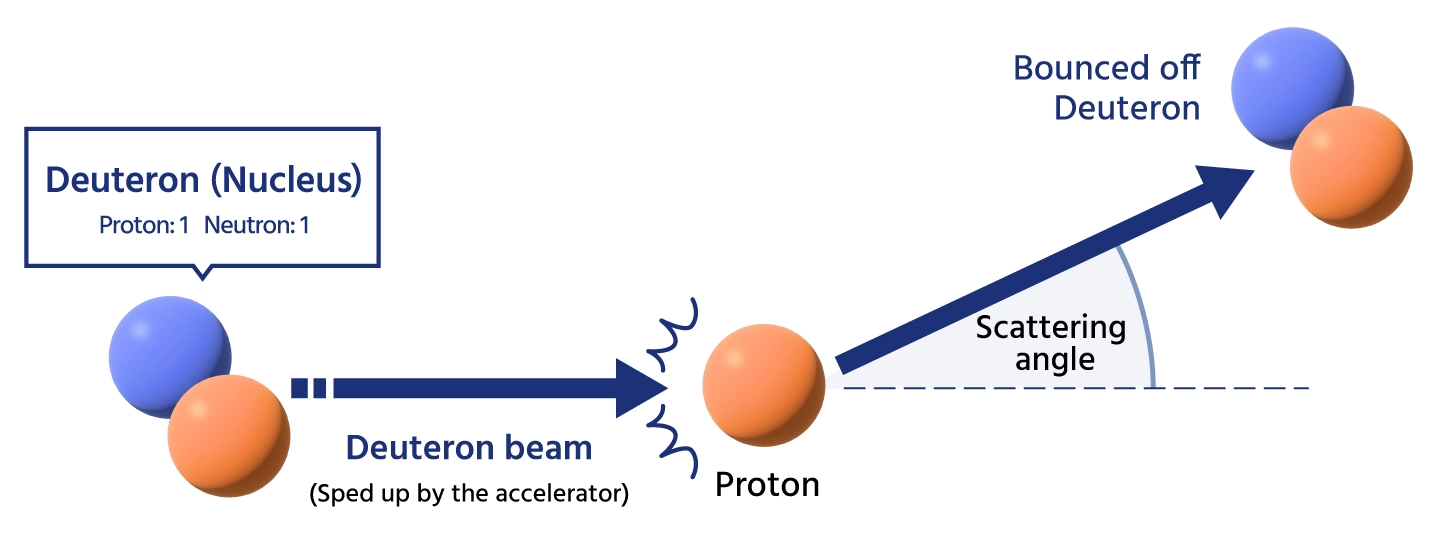
For measuring the scattering angle, when the angle is around 120 degrees, there is up to a 30% discrepancy between theoretical calculations using the two-nucleon force and experiment values. However, the experiment revealed that this discrepancy was remarkably resolved when theoretical calculations for a three-nucleon force were used. This indicates the existence of a three-nucleon force.
Deuterons are nuclei composed of two nucleons: one proton and one neutron. In 1957, Dr. Junichi Fujita and Dr. Hironari Miyazawa proposed the possibility that a three-nucleon force could be generated among three nucleons by directing deuterons onto single nucleons.
“The nuclear force easily occurs between two nucleons, but it is difficult for an additional nucleon to join two stable nucleons. A significant amount of energy is required to generate the nuclear force among three nucleons. In fact, with both two-body and three-nucleon forces, it is known that as the number of nucleons increases, their existence probability decreases by a factor of 10 each time.” (Sekiguchi)
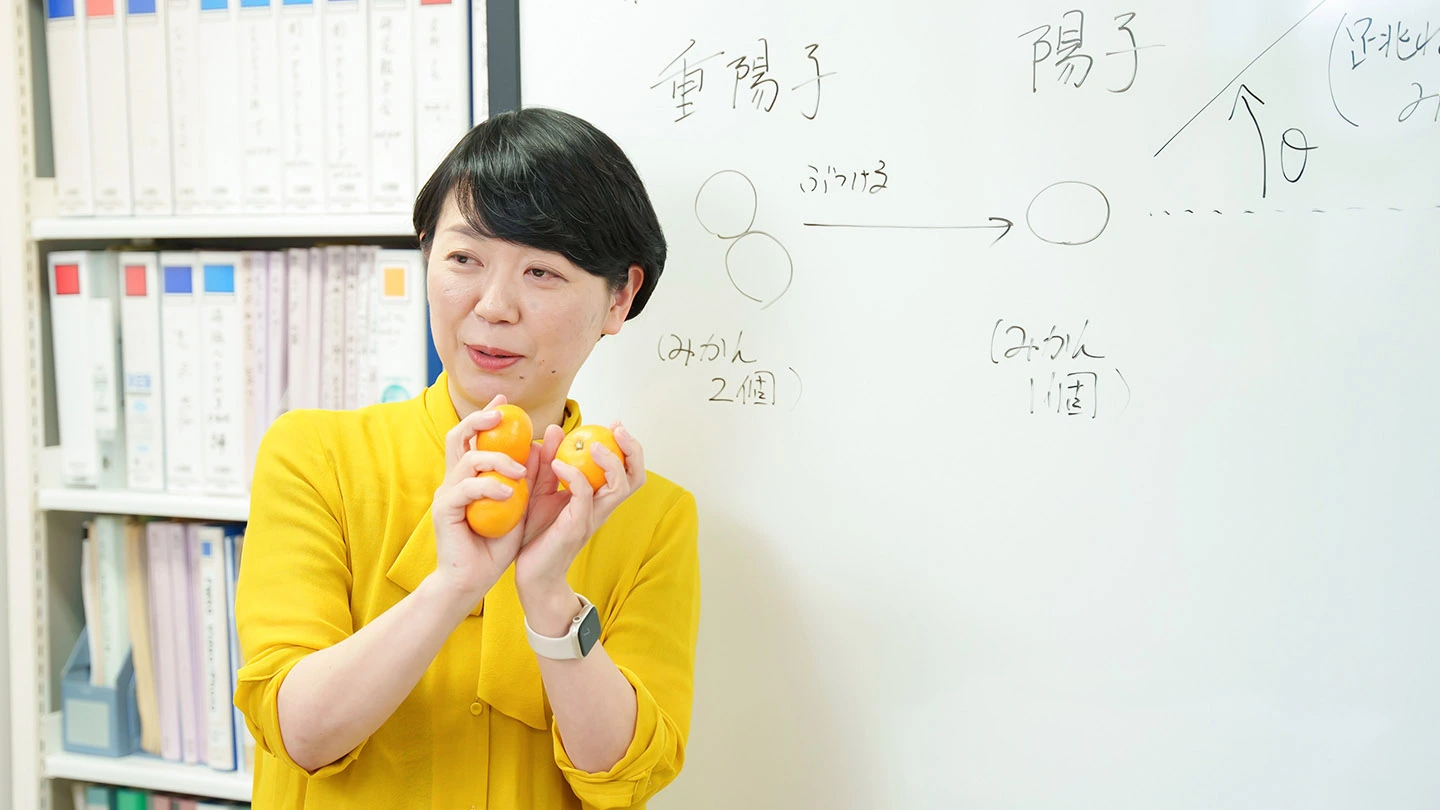
In the 1990s, with the rapid advancement of computers, it was proposed in 1998 through numerical calculations that a three-nucleon force could be generated if a deuteron, with its kinetic energy increased to 100 megaelectronvolts (MeV), was directed onto a nucleon.
“A significant amount of energy is required to generate the three-nucleon force by adding one nucleon to two stable nucleons linked by the two-nucleon force. However, before 1998, it was not clear how much energy would be needed, which made it difficult to conduct an experiment.”
Based on predictions from numerical calculations, Sekiguchi, who was affiliated with the RIKEN Institute (hereinafter, RIKEN), established a research team and began conducting full-scale scattering experiments around the year 2000. They performed the scattering experiments by directing a 270 megaelectronvolt deuteron beam generated using RIKEN’s accelerator (Figure 3) onto protons and then measuring the scattering angle. This enabled them to confirm that the experiment results perfectly aligned with theoretical predictions for the three-nucleon force proposed by Dr. Junichi Fujita and Dr. Hironari Miyazawa. This marked the first time the existence of the three-nucleon force was experimentally proved worldwide.
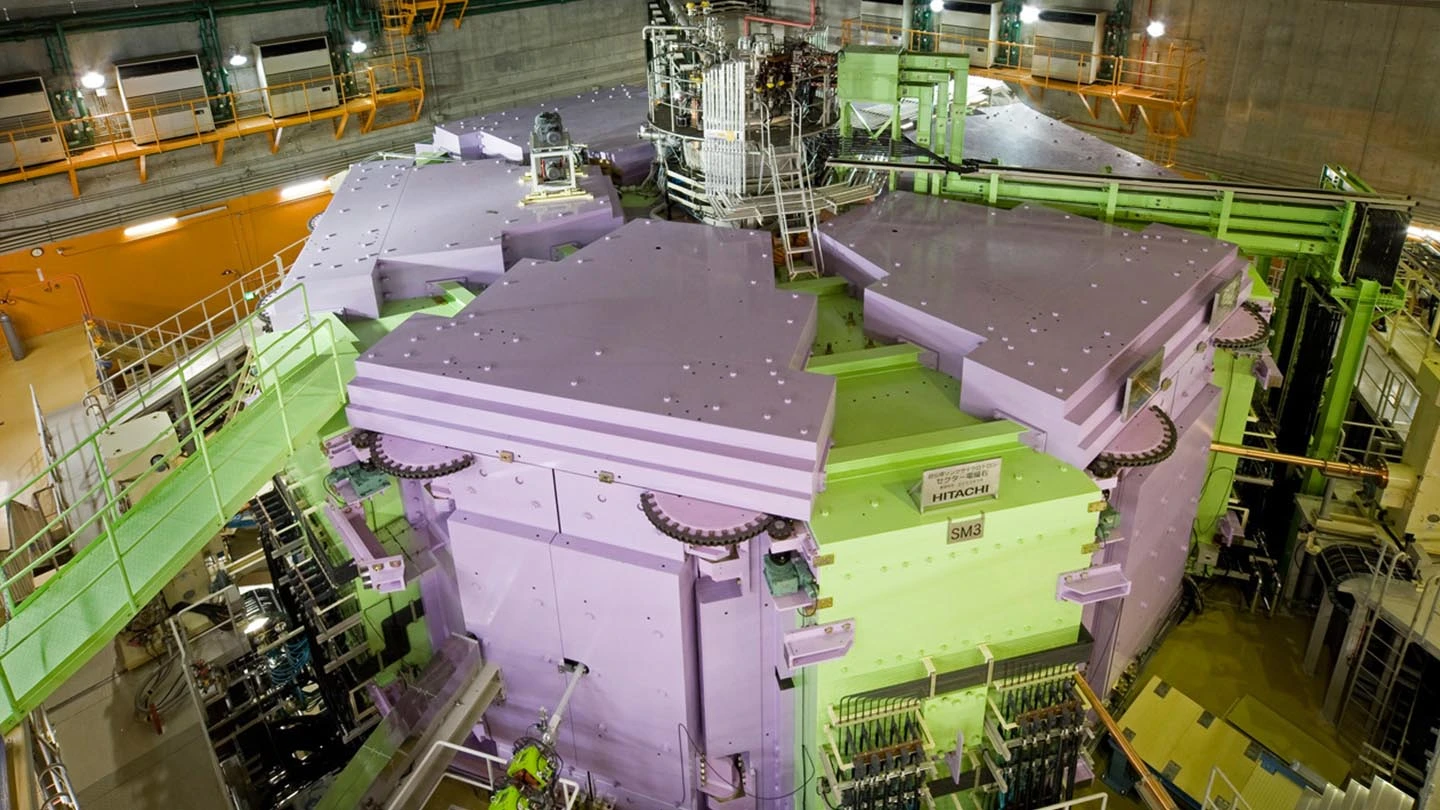
Sekiguchi analyzed the factors that contributed to the success of the experiment: “First, we were able to formulate an experimental plan based on numerical calculations performed by computers. Next, RIKEN had an advanced partial accelerator, which was essential for the experiment. Finally, we spared no effort in enhancing the accuracy of our measurements. I believe these three factors were key to our success. In particular, we made a great deal of effort to minimize errors with our measurements as much as possible. For example, when laying a single cable, the measurement result would change depending on whether the cable was laid neatly or not. That is why I always tell students to keep the experiment laboratory clean and orderly. Experiments are extremely delicate.”
Research into the three-nucleon force directly helps to resolve various mysteries related to astrophysics
At the same time, experiment results have also brought up new issues. That is why a unified approach is currently being taken in both Japan and other countries, integrating theory, experiments, and computational science in research related to the three-nucleon force. “Since the existence of the three-nucleon force has been verified, its research has become more important in the field of nuclear physics. It is especially important for understanding how elements were synthesized in the early universe following the Big Bang and for studying phenomena like supernova explosions and neutron stars when stars die. For example, the research into the three-nucleon force is essential to explain the discovery of a neutron star in 2010, which has a mass twice that of the Sun, far exceeding the previously considered upper limit. Without considering the three-nucleon force, it would be difficult to explain such high-density phenomena. This illustrates how research into the three-nucleon force is directly helping to resolve various mysteries related to astrophysics. Applied research includes energy fields such as nuclear fusion, and medical fields like the development of radiopharmaceuticals. This motivates us to continue experimental research into the three-nucleon force.” (Sekiguchi)
Be honest about how you feel
Sekiguchi first encountered the three-nucleon force when she was a master’s student at The University of Tokyo.

“I loved Japanese history when I was in high school. So, I wanted to study Japanese history at university. But at one point, I felt I wanted to try a field that I had never been interested in before, so I decided to pursue physics, which seemed interesting. It was in the Department of Physics, Faculty of Science at The University of Tokyo that I first heard about the three-nucleon force. No one there was studying it, so I decided that I wanted to, and I’ve been researching about the three-nucleon force ever since.”
Sekiguchi found that there are unexpectedly interesting similarities between Japanese history and physics. “I've loved the works of Murasaki Shikibu1 since I was in elementary school. I wondered how such an era came to be and enjoyed imagining my own stories while studying Japanese history. Experiments with the three-nucleon force are similar. I first find it fascinating to create ‘stories’ about which experiments to conduct and how to analyze the measurement results. The reality is that most experiments do not go how I imagined in my ‘story,’ but when they do align, I feel incredibly happy.”
In closing, Sekiguchi offered the following message to aspiring researchers: “When you encounter a theme you think you love, I hope you’ll be true to your feelings and take the first step regardless of what others may think. This can lead to unexpected encounters. By valuing each encounter, the path will naturally open up.”
- 1
- Murasaki Shikibu – Author and poet in the mid-Heian Period. She wrote the long novel, “The Tale of Genji,” which depicts aristocratic life in the mid-Heian Period.
Profile
Kimiko Sekiguchi
Visiting Professor, School of Science
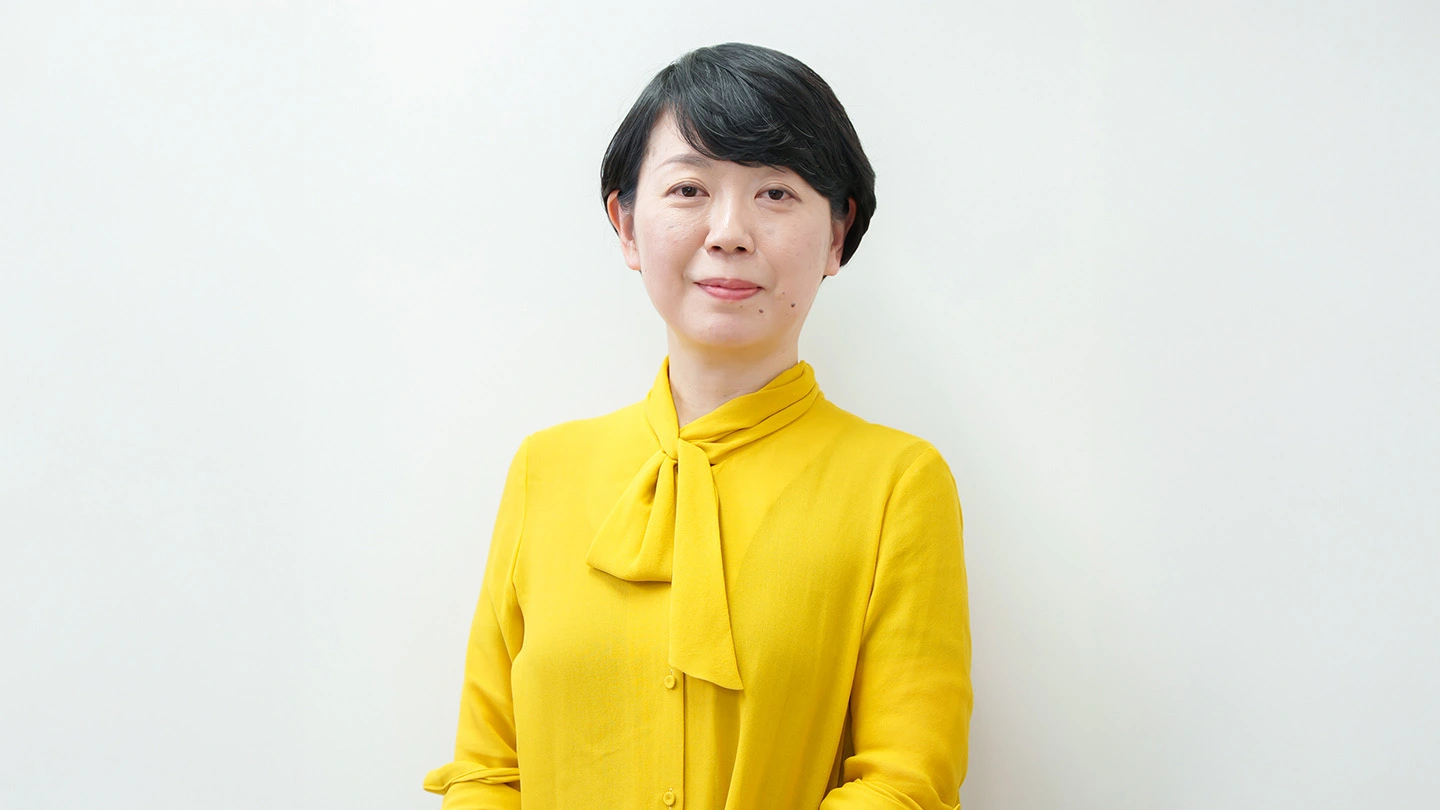
- April 2025 to present
- Professor, Kyoto University
- April 2025 to present
- Visiting Professor, School of Science, Institute of Science Tokyo
- September 2024 to present
- Director, Three-Body Nuclear Force Laboratory RIKEN Nishina Center for Accelerator-Based Science
- October 2024 to March 2025
- Professor, Department of Physics, School of Science, Institute of Science Tokyo
- April 2022 to September 2024
- Professor, Department of Physics, School of Science, Tokyo Institute of Technology
- April 2022 to present
- Professor, Department of Physics, Graduate School of Science, Tohoku University (Commissioned)
- April 2010 to March 2022
- Associate Professor, Department of Physics, Graduate School of Science, Tohoku University
- April 2007 to March 2010
- Researcher at the Nishina Center, RIKEN Nishina Center for Accelerator-Based Science
- April 2005 to March 2007
- Contract Researcher at RIKEN
- April 2002 to March 2005
- Special Postdoctoral Researcher at RIKEN
- March 2002
- Completed a doctoral degree program in Department of Physics at the Graduate School of Science, The University of Tokyo
- March 1997
- Graduated from the Department of Physics at the Faculty of Science, The University of Tokyo
Interview date: December 19, 2024 / 5th floor of South Building 5, Ookayama Campus
Explore more details
Related articles
Science Tokyo Faces
“Faces“ is an article series introducing Science Tokyo researchers and their groundbreaking work. The series highlights their efforts to unravel the mysteries of our world and address the challenges facing our society.
